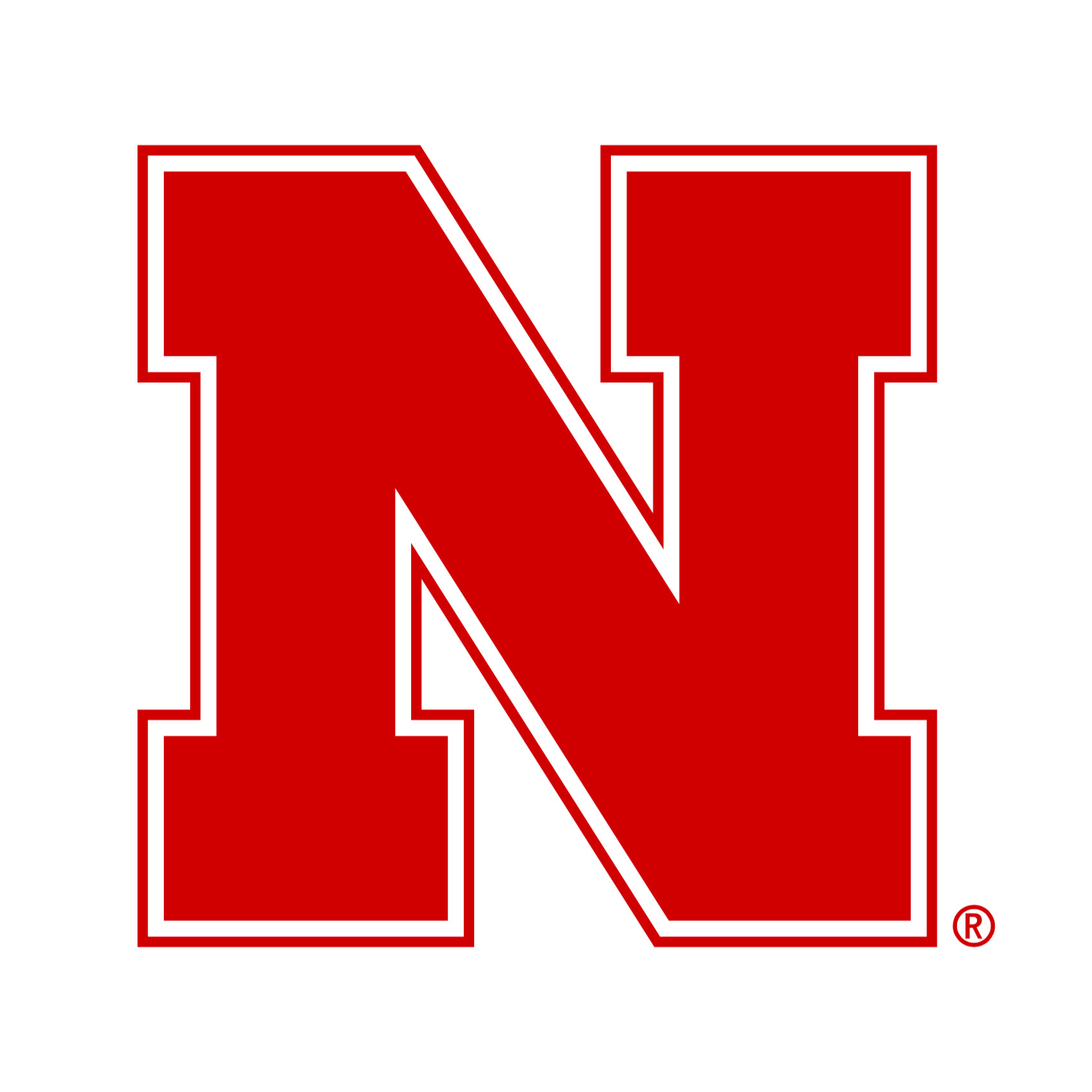
Supported by NSF CNS #2212050
Description
Eighty percent of the 24 million Americans who do not have high-speed Internet live in rural areas. This digital divide is aggravated by a lack of economic incentives in low-population-density areas for adequate infrastructure that next-generation networking solutions require, leading to a need for novel rural broadband connectivity solutions. Novel interdisciplinary approaches are necessary to bridge this gap. This project investigates the potential for a game-changer in this equation motivated by the recent advances in the Internet of Things (IoT) and their increasing need in agricultural fields. To this end, an interdisciplinary team of experts in millimeter-wave communications, metamaterial and metasurface-inspired antenna array design, dynamic spectrum access, and radio access networks in collaboration with experts in agricultural robotics and sensor-based plant phenotyping aim to provide connectivity to rural farm fields and increase national competence to bring new technologies to rural America rapidly.
Goals
Recent improvements in agricultural sensing modalities, vision-based agricultural decision-making, and utilization of autonomous vehicles in fields will significantly increase the demand for connectivity in fields. Agricultural networks need to be adaptive to the highly dynamic impacts of crops during their growth stages, and the unique blockage and scattering characteristics of typical vertical infrastructure (grain bins, farmhouses, irrigation systems, feedlots). The project provides an end-to-end Field-Net architecture that judiciously leverages interdependent research challenges through novel technological innovations. The project:
- Characterizes rural mobile channels at the millimeter wave (mmWave) spectrum to push the state-of-the-art beyond conventional rural cellular settings and spectral limits.
- Deep learning techniques are developed to manage the increasing spectrum demands of future agricultural networks autonomously.
- Tightly integrating the mmWave and spectrum management solutions, an automated and safe network slicing system is devised so that the diverse demands of emerging agricultural use cases can be met at the field premises. Collaborating with agricultural science experts, the solutions are evaluated under realistic vertical and mobile infrastructures with crop dynamics.
The project addresses the unique needs of the Midwest and other rural regions, which benefit from advanced rural connectivity by fostering economic growth. Aligned with the UNL School of Computing broadening participation in computing (BPC) plan, the team aggressively pursues to improve participation by minorities and females, primarily through the Building Recruiting And Inclusion for Diversity (BRAID) activities and project findings, software, data, and progress are disseminated on the project website. The project provides a national model for other agricultural fields.
Personnel
PI: Mehmet C. Vuran (UNL)
Co PI: Christos Argyropoulos (UNL)
Co PI: Shuai Nie (UNL)
Co PI: Qiang Liu (UNL)
Publications
S. Nie and M. C. Vuran, “AgRIS: Wind-Adaptive Wideband Reconfigurable Intelligent Surfaces for Resilient Wireless Agricultural Networks at Millimeter-Wave Spectrum”, in Frontiers in Communications and Networks’ Special Topic of “Rising Stars in Non-Conventional Communications and Networks”, vol. 4, doi: 10.3389/frcmn.2023.1169266, June 2023.[Paper] [Data]
S. Nie, Y. Ge, and M. C. Vuran, “On Crop Canopy Scattering for Integrated mmWave Sensing and Communication in Agricultural Fields”, to appear in IEEE 20th IEEE International Conference on Mobile Ad-Hoc and Smart Systems (MASS), Toronto, Canada, Sept. 2023.
S.M. Hashir, J. Camp, M.C. Vuran, “ECHO: Empirical Characterization and Height Optimization of UAV-to-Underground Channels”, to appear in IEEE PIMRC ’23, Sept. 2023, Toronto Canada.
Q. Liu, N. Choi, and T. Han, “Atlas: Automate Online Service Configuration in Network Slicing,” ACM 18th International Conference on emerging Networking EXperiments and Technologies (CoNEXT), Rome, Italy, Dec. 2022
Q. Liu, N. Choi, and T. Han, “Deep Reinforcement Learning for End-to-End Network Slicing: Challenges and Solutions,” IEEE Network Magazine, DOI, 10.1109/MNET.113.2100739, April, 2023